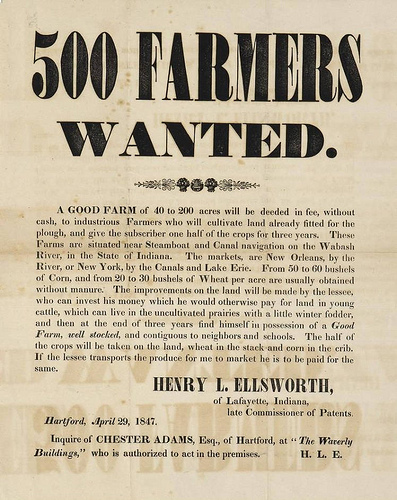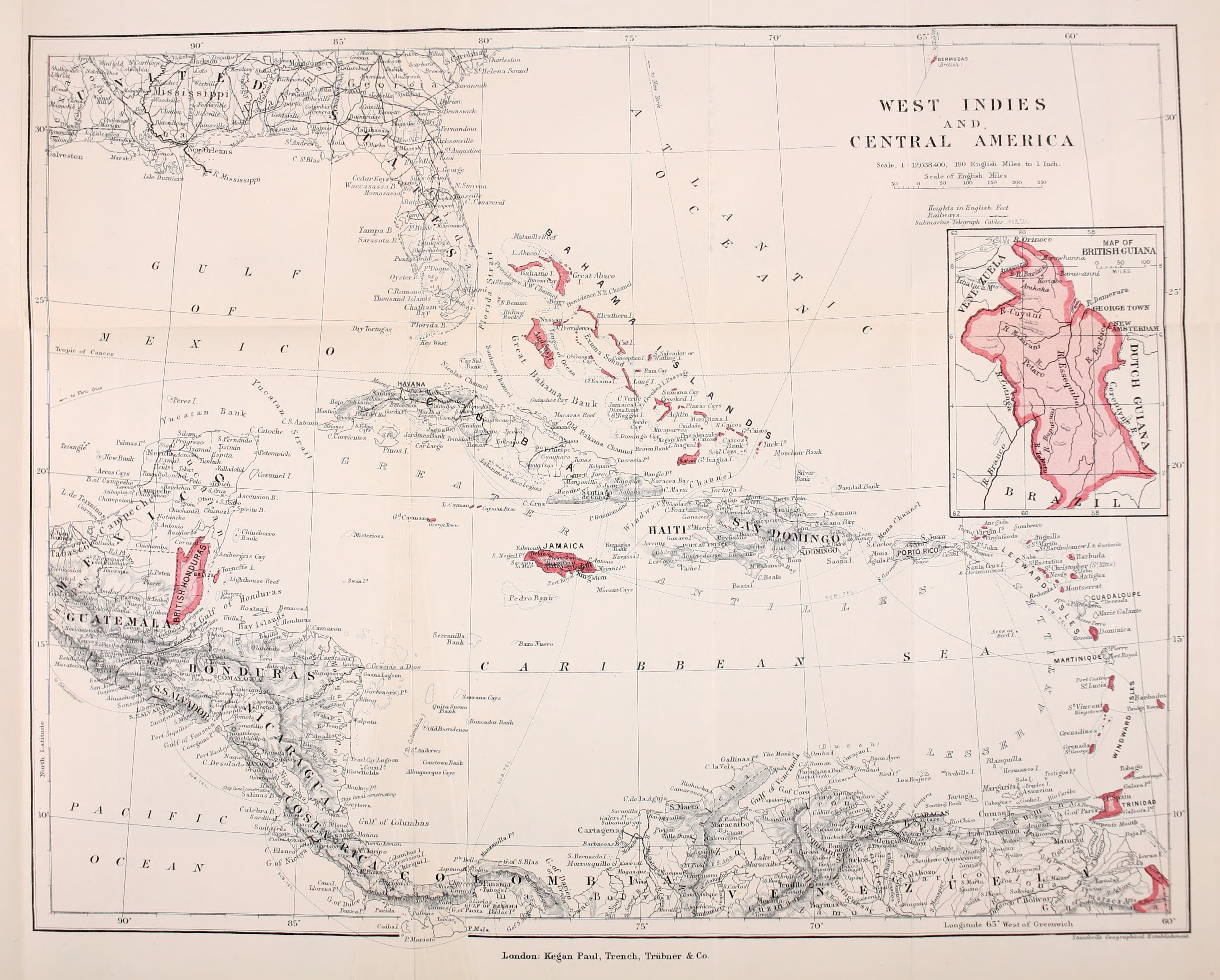|
Leavittsburg, Ohio
Leavittsburg is a census-designated place in Trumbull County, Ohio Ohio () is a state in the Midwestern region of the United States. Of the fifty U.S. states, it is the 34th-largest by area, and with a population of nearly 11.8 million, is the seventh-most populous and tenth-most densely populated. The sta ..., United States. The population was 1,571 at the 2020 United States Census, 2020 census. Located directly west of Warren, Ohio, it is part of the Mahoning Valley, Youngstown–Warren metropolitan area. History Leavittsburg is named for the Leavitt family of Suffield, Connecticut, a prominent early mercantile New England family originally from Hingham, Massachusetts. Thaddeus Leavitt Esq. was one of the eight original purchasers of the Western Reserve lands from the state of Connecticut. (Leavitt and Suffield businessmen Oliver Phelps, Gideon Granger, Luther Loomis and Asahel Hatheway owned between them one-quarter of all the lands in the Western Reserve assigned to Con ... [...More Info...] [...Related Items...] OR: [Wikipedia] [Google] [Baidu] |
Census-designated Place
A census-designated place (CDP) is a concentration of population defined by the United States Census Bureau for statistical purposes only. CDPs have been used in each decennial census since 1980 as the counterparts of incorporated places, such as self-governing cities, towns, and villages, for the purposes of gathering and correlating statistical data. CDPs are populated areas that generally include one officially designated but currently unincorporated community, for which the CDP is named, plus surrounding inhabited countryside of varying dimensions and, occasionally, other, smaller unincorporated communities as well. CDPs include small rural communities, edge cities, colonias located along the Mexico–United States border, and unincorporated resort and retirement communities and their environs. The boundaries of any CDP may change from decade to decade, and the Census Bureau may de-establish a CDP after a period of study, then re-establish it some decades later. Most unin ... [...More Info...] [...Related Items...] OR: [Wikipedia] [Google] [Baidu] |
Mahoning Valley
The Youngstown–Warren–Boardman, OH–PA Metropolitan Statistical Area, typically known as the Mahoning Valley (and historically the Steel Valley), is a metropolitan area in Northeast Ohio and Western Pennsylvania the United States, with the city of Youngstown, Ohio, at its center. According to the US Census Bureau, the metropolitan statistical area (MSA) includes Mahoning and Trumbull counties in Ohio and Mercer County in Pennsylvania. As of the 2020 census, the region had a population of 541,243, making it the 107th largest metro area in the country. Taking its name from the Mahoning River, the area has a large commuter population that works in Cleveland and Pittsburgh and their metropolitan areas. It is located in the Rust Belt, the former industrial region of the northern United States. The Youngstown–Warren combined statistical area adds the Salem micropolitan area and Columbiana County, Ohio to the region, increasing the total population to 643,120. The You ... [...More Info...] [...Related Items...] OR: [Wikipedia] [Google] [Baidu] |
Oliver Ellsworth
Oliver Ellsworth (April 29, 1745 – November 26, 1807) was a Founding Father of the United States, attorney, jurist, politician, and diplomat. Ellsworth was a framer of the United States Constitution, United States senator from Connecticut, and the third chief justice of the United States. Additionally, he received 11 electoral votes in the 1796 presidential election. Born in Windsor, Connecticut, Ellsworth attended the College of New Jersey where he helped found the American Whig–Cliosophic Society. In 1777, he became the state attorney for Hartford County, Connecticut and was selected as a delegate to the Continental Congress, serving during the remainder of the American Revolutionary War. He served as a state judge during the 1780s and was selected as a delegate to the 1787 Philadelphia Convention, which produced the United States Constitution. While at the convention, Ellsworth played a role in fashioning the Connecticut Compromise between the more populous state ... [...More Info...] [...Related Items...] OR: [Wikipedia] [Google] [Baidu] |
Henry Leavitt Ellsworth
Henry Leavitt Ellsworth (November 10, 1791 – December 27, 1858) was a Yale-educated attorney who became the first Commissioner of the U.S. Patent Office, where he encouraged innovation by inventors Samuel F.B. Morse and Samuel Colt. Ellsworth also served as the second president of the Aetna Insurance Company, and was a major donor to Yale College, a commissioner to Indian tribes on the western frontier, and the founder of what became the United States Department of Agriculture. Early life Ellsworth was born in Windsor, Connecticut, son of Founding Father and Chief Justice Oliver Ellsworth and Abigail Wolcott. Ellsworth graduated from Yale University in 1810, and studied law at Tapping Reeve's Litchfield Law School in 1811. On June 22, 1813, he married Nancy Allen Goodrich (daughter of Congressman, Judge, New Haven Mayor and longtime Secretary of the Yale Corporation Elizur Goodrich and his wife Anne Willard Allen) with whom Ellsworth had three children, including son He ... [...More Info...] [...Related Items...] OR: [Wikipedia] [Google] [Baidu] |
John Leavitt (Ohio Settler)
Capt. John Wheeler Leavitt (1755–1815), born in Suffield, Connecticut, was an early settler of Ohio's Western Reserve lands, where members of his family had bought large tracts from the state of Connecticut, and where Capt. Leavitt became an early innkeeper, politician and landowner in Warren, Trumbull County, Ohio. Capt. Leavitt was a member of the Connecticut Land Company and along with his cousin Ebenezer King from Suffield, paid over $51,000 for approximately of Ohio land, which included the township of Warren. The Leavitt family of Warren would go on to play a substantial role in the history of their adopted town and in Ohio. Early life John Wheeler Leavitt was the son of Abiah (Kent) Leavitt and John Leavitt of Suffield, a carpenter, farmer and landowner whose family was among the first settlers of Suffield. John Leavitt's brother Thaddeus, a prominent Suffield merchant, was among the eight original purchasers of the Western Reserve from the state of Connecticut in 1 ... [...More Info...] [...Related Items...] OR: [Wikipedia] [Google] [Baidu] |
Humphrey H
Humphrey is both a masculine given name and a surname. An earlier form, not attested since Medieval times, was Hunfrid. Notable people with the name include: People with the given name Medieval period :''Ordered chronologically'' *Hunfrid of Prüm (Saint Humphrey, died 871), Benedictine monk * Humphrey of Hauteville (c. 1010–1057), Count of Apulia *Humphrey de Bohun (other), various people who lived from the 11th to 14th centuries *Humphrey of Toron (other), four 12th-century nobles *Humphrey, 2nd Earl of Buckingham (1381–1399), English peer and member of the House of Lords *Humphrey, Duke of Gloucester (1390–1447) Modern era *Humphrey Atkins (1922–1996), British politician and a member of the Conservative Party *Humphrey Barclay (1941–), British television comedy producer. * Humphrey Bate (1875–1936), American harmonica player and string band leader *Humphrey Bland (1686–1763), British Army general * Humphrey Bogart (1899–1957), American film ... [...More Info...] [...Related Items...] OR: [Wikipedia] [Google] [Baidu] |
Cotton Gin
A cotton gin—meaning "cotton engine"—is a machine that quickly and easily separates cotton fibers from their seeds, enabling much greater productivity than manual cotton separation.. Reprinted by McGraw-Hill, New York and London, 1926 (); and by Lindsay Publications, Inc., Bradley, Illinois, (). The fibers are then processed into various cotton goods such as calico, while any undamaged cotton is used largely for textiles like clothing. The separated seeds may be used to grow more cotton or to produce cottonseed oil. Handheld roller gins had been used in the Indian subcontinent since at earliest AD 500 and then in other regions. The Indian worm-gear roller gin, invented sometime around the 16th century, has, according to Lakwete, remained virtually unchanged up to the present time. A modern mechanical cotton gin was created by American inventor Eli Whitney in 1793 and patented in 1794. Whitney's gin used a combination of a wire screen and small wire hooks to pull the cot ... [...More Info...] [...Related Items...] OR: [Wikipedia] [Google] [Baidu] |
British West Indies
The British West Indies (BWI) were colonized British territories in the West Indies: Anguilla, the Cayman Islands, Turks and Caicos Islands, Montserrat, the British Virgin Islands, Antigua and Barbuda, The Bahamas, Barbados, Dominica, Grenada, Jamaica, Saint Kitts and Nevis, Saint Lucia, Saint Vincent and the Grenadines, British Guiana (now Guyana) and Trinidad and Tobago. Other territories include Bermuda, and the former British Honduras (now Belize). The colonies were also at the center of the transatlantic slave trade, around 2.3 million slaves were brought to the British Caribbean. Before the decolonisation period in the later 1950s and 1960s the term was used to include all British colonies in the region as part of the British Empire. [...More Info...] [...Related Items...] OR: [Wikipedia] [Google] [Baidu] |
Gideon Granger
Gideon Granger (July 19, 1767 – December 31, 1822) was an early American politician and lawyer. He was the father of fellow Postmaster General and U.S. Representative Francis Granger. Early life Granger was born in Suffield, Connecticut on July 19, 1767. He was the son of Gideon Granger (1735–1800) and Tryphosia (née Kent) Granger (1738–1796). He attended and graduated from Yale University and became a lawyer. Career Granger was considered a brilliant political essayist. Using the pseudonyms Algernon Sydney and Epaminondas many of his writings, defending Jeffersonian principles, were published in many pamphlets. He was a member of the Connecticut House of Representatives and ran unsuccessfully for the United States Congress in 1798. A staunch supporter of Thomas Jefferson, Granger was appointed as Postmaster General at the start of his term in 1801. He served in this post until 1814 when Jefferson's successor, James Madison, replaced him. He is the longest serving ... [...More Info...] [...Related Items...] OR: [Wikipedia] [Google] [Baidu] |
Oliver Phelps
Oliver Phelps (October 21, 1749February 21, 1809) was early in life a tavern keeper in Granville, Massachusetts. During the Revolution he was Deputy Commissary of the Continental Army and served until the end of the war. After the war ended, he was appointed a judge, was elected to the U.S. House of Representatives, and became a land speculator in western New York state. A depressed real estate market forced him to sell most of his holdings. Personal life Phelps was born in Poquonock in the Connecticut Colony. His father, Thomas Phelps, died in Oliver's first year of life, and his mother was left to raise their seventeen children. Phelps took a job at age 7 in a local store to help support his family. He married Mary Seymour, daughter of Zachariah and Sarah (Steele) Seymour. When he was 21 in 1770, they moved to Suffield, where he apprenticed to a local merchant, and in 1770 the couple moved to Granville, where he opened his own store. They had a son, Oliver Leicester (Sep ... [...More Info...] [...Related Items...] OR: [Wikipedia] [Google] [Baidu] |
Western Reserve
The Connecticut Western Reserve was a portion of land claimed by the Colony of Connecticut and later by the state of Connecticut in what is now mostly the northeastern region of Ohio. The Reserve had been granted to the Colony under the terms of its charter by King Charles II. Connecticut relinquished its claim to some of its western lands to the United States in 1786 following the American Revolutionary War and preceding the 1787 establishment of the Northwest Territory. Despite ceding sovereignty to the United States, Connecticut retained ownership of the eastern portion of its cession, south of Lake Erie. It sold much of this "Western Reserve" to a group of speculators who operated as the Connecticut Land Company; they sold it in portions for development by new settlers. The phrase Western Reserve is preserved in numerous institutional names in Ohio, such as Western Reserve Academy, Case Western Reserve University, and Western Reserve Hospital. In the 19th century, the We ... [...More Info...] [...Related Items...] OR: [Wikipedia] [Google] [Baidu] |




